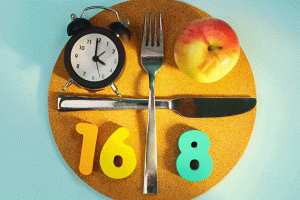Chef Daniel Calvert’s insider guide to Tokyo dining
This article is part of a guide to Tokyo from FT Globetrotter
Since moving to Tokyo a few years ago, I’ve lived in Kagurazaka, which is also known as Little Kyoto. It’s an old geisha district that goes back to the Edo period and retains much of its former charm — think cobblestoned streets and winding alleys, traditional shrines and kimono stores.
The neighbourhood has a lot of great places to eat and drink. There is Hato, an excellent sushi restaurant that got its first Michelin star last year. The chef here, Daichi Kumakiri, trained in kaiseki (traditional multi-course meal) restaurants before switching over to sushi. Because of his kaiseki background, he approaches sushi somewhat differently. The kohara for example, a silver-skinned fish that is typically marinated in vinegar by sushi chefs, is served fresh. Along with a compelling menu, you can expect highly attentive service, which is integral to the sushi counter experience.
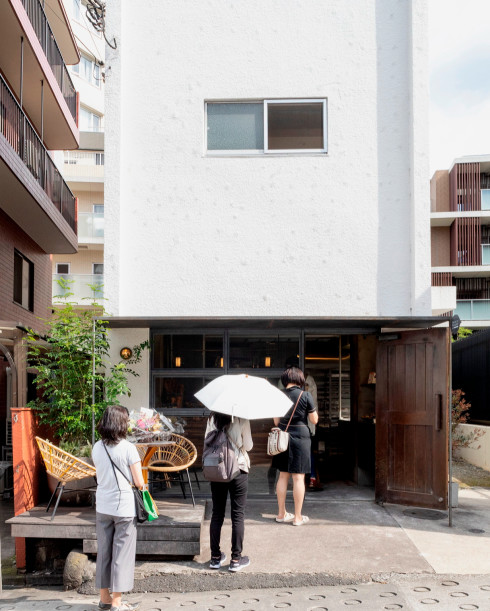
Kagurazaka also has a strong French influence thanks to two prominent French schools nearby. For one of the best croissants in town, make your way to Pain des Philosophes. There is always a long line outside this small bakery. It’s worth the wait, although I sometimes wish they would allow people who live in the neighbourhood to cut ahead! I usually buy a hazelnut and almond croissant here, then walk to a nearby coffee shop and sit on the terrace. It’s a very quiet part of town, perfect for a calm and easy morning here.
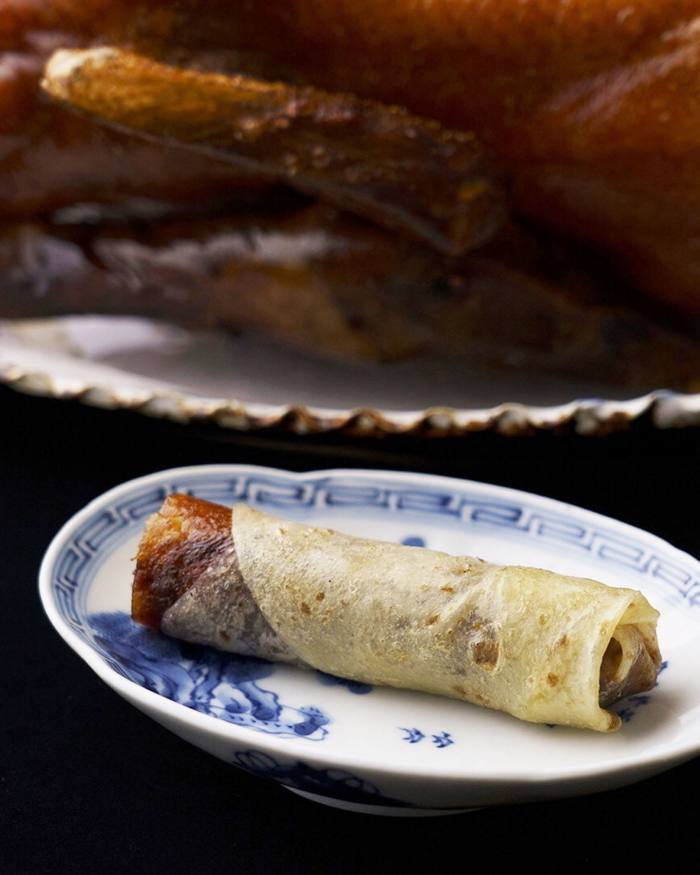
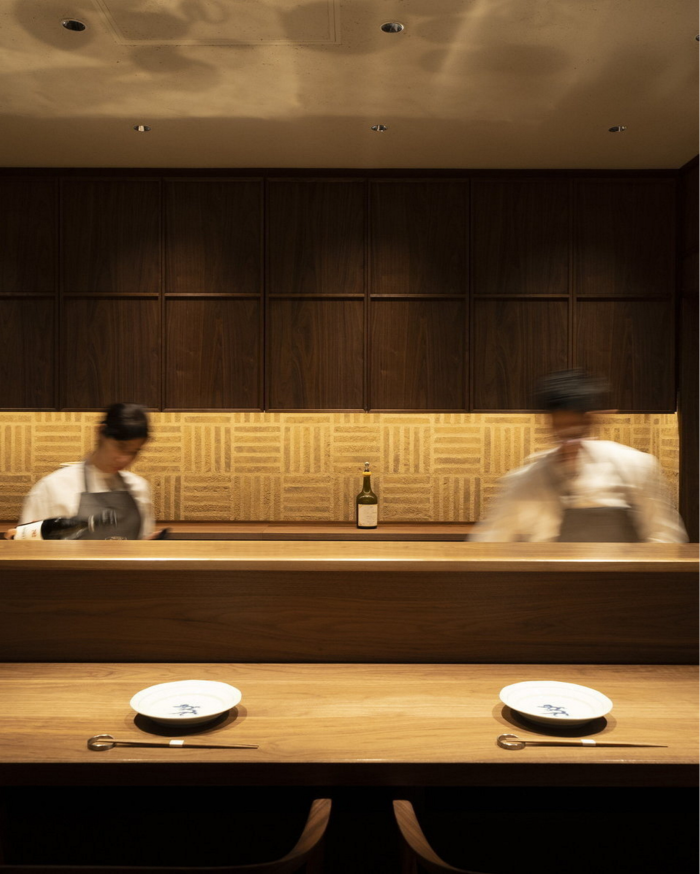
My favourite Chinese place is Tousenkaku, a subterranean restaurant in the Roppongi district. It’s situated on a pretty busy street but it’s still a hidden gem. You walk down the stairs, open the door and voilà! You’re in a different world — tranquil, tasteful, with lots of private dining rooms. The food is served in individual portions, beautifully plated. The Peking duck pancake arrive perfectly pre-rolled. If you’re visiting in winter, I would recommend the shirako mapo tofu. The Sichuan-style tofu dish is elevated with shirako (sperm sacs of codfish), a delicacy that’s available only for a few months in the year.
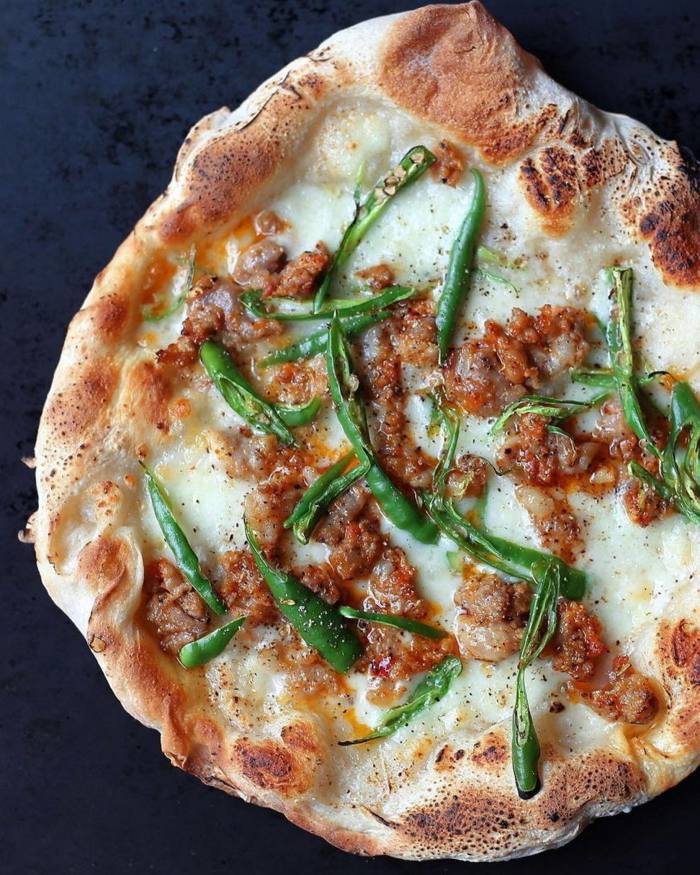
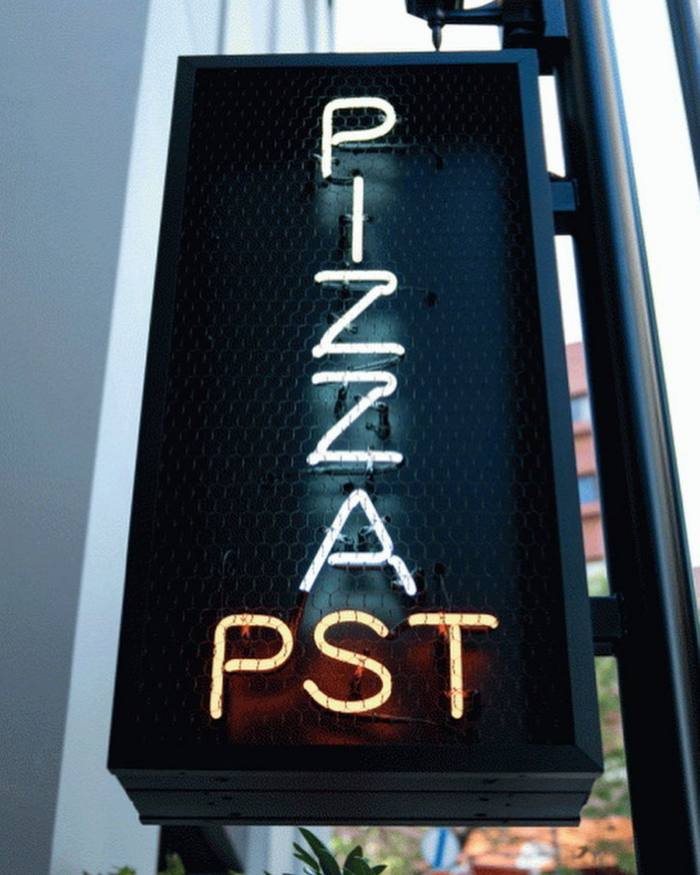
Roppongi also happens to be home to the best Neapolitan pizza in town. Pizza Studio Tamaki is pretty low-key and relaxed. I love sitting at the counter and watching the chefs baking the pizza in the custom oven. They added a pinch of salt in the semolina when dusting the oven, which gives the crust a hint of delicious saltiness. I always have their classic Margherita with buffalo mozzarella and end the meal with a perfect tiramisu.
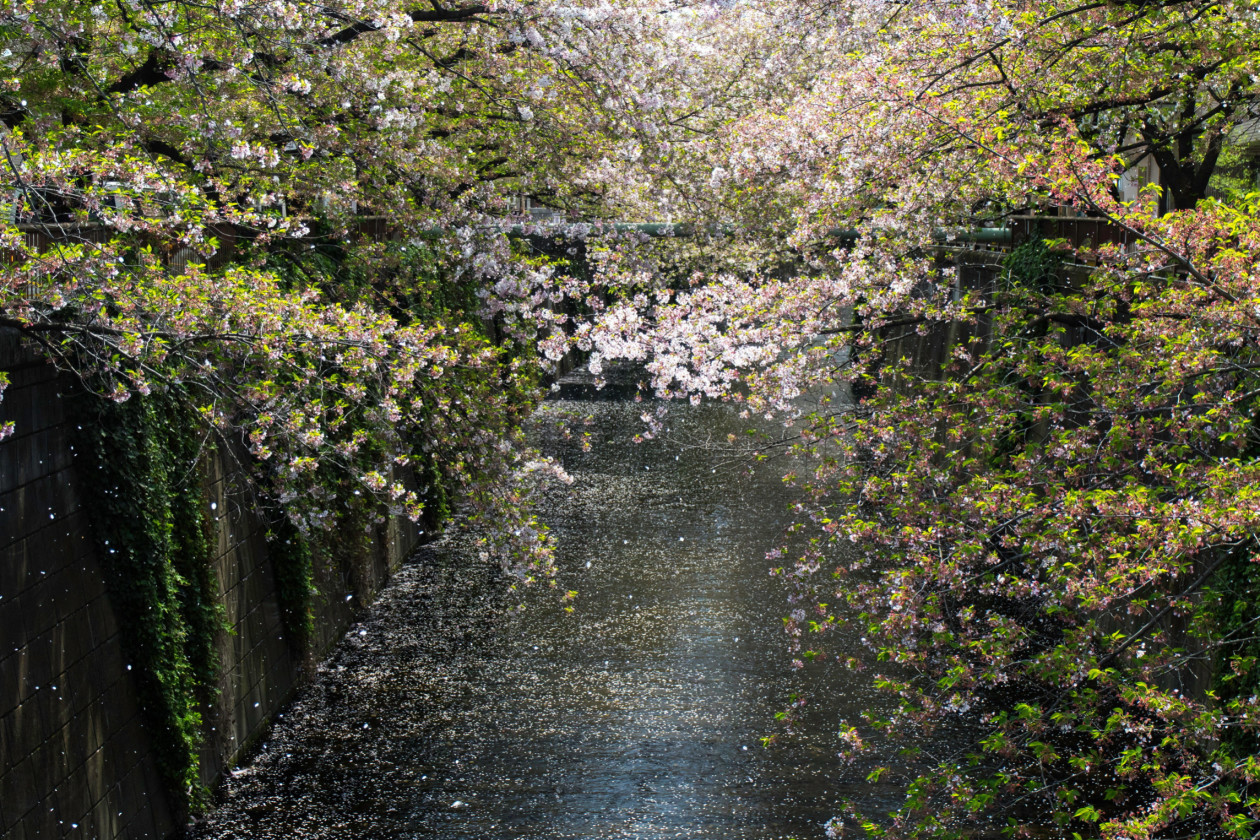
Another neighbourhood I love to spend time in is Nakameguro, which is near the Meguro river. In sakura season, the cherry trees along the river look like weeping willows — their branches extend over the water, filled with beautiful blossoms. Just around the corner from here is 3110NZ by LDH Kitchen, a sushi restaurant run by Ikuya Kobayashi, whom I first met when he was the chef at Sushi Saito in Hong Kong. His sushi is exemplary, and he is always happy to answer my questions about produce and technique, something I really appreciate as a chef.
Lastly, a lot of people ask me about my favourite French restaurant in Tokyo. The answer is Esquisse in Ginza. The chef here is Lionel Beccat, who has done an excellent job of combining French techniques with Japanese produce. The cuisine feels effortless, which is remarkable given the amount of work that goes into it. The bread is always fantastic and changes according to the season. One of the most interesting dishes I’ve had there is the cheese and black truffle terrine. Lionel wraps it in shiro kombu (seaweed), which is such a Japanese ingredient, but he does so in an extremely French way. The wine list is also fantastic: eclectic yet well priced.
Share your favourite Tokyo eateries in the comments
For more pieces like this, visit ft.com/globetrotter or follow FT Globetrotter on Instagram at @FTGlobetrotter
Cities with the FT
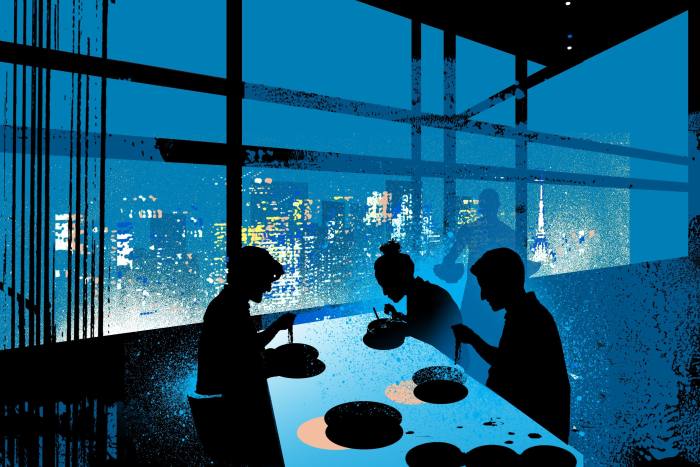
FT Globetrotter, our insider guides to some of the world’s greatest cities, offers expert advice on eating and drinking, exercise, art and culture — and much more
Find us in Tokyo, New York, London, Paris, Rome, Frankfurt, Singapore, Hong Kong, Toronto and Miami
This story originally appeared on: Financial Times - Author:Tax Cognition























